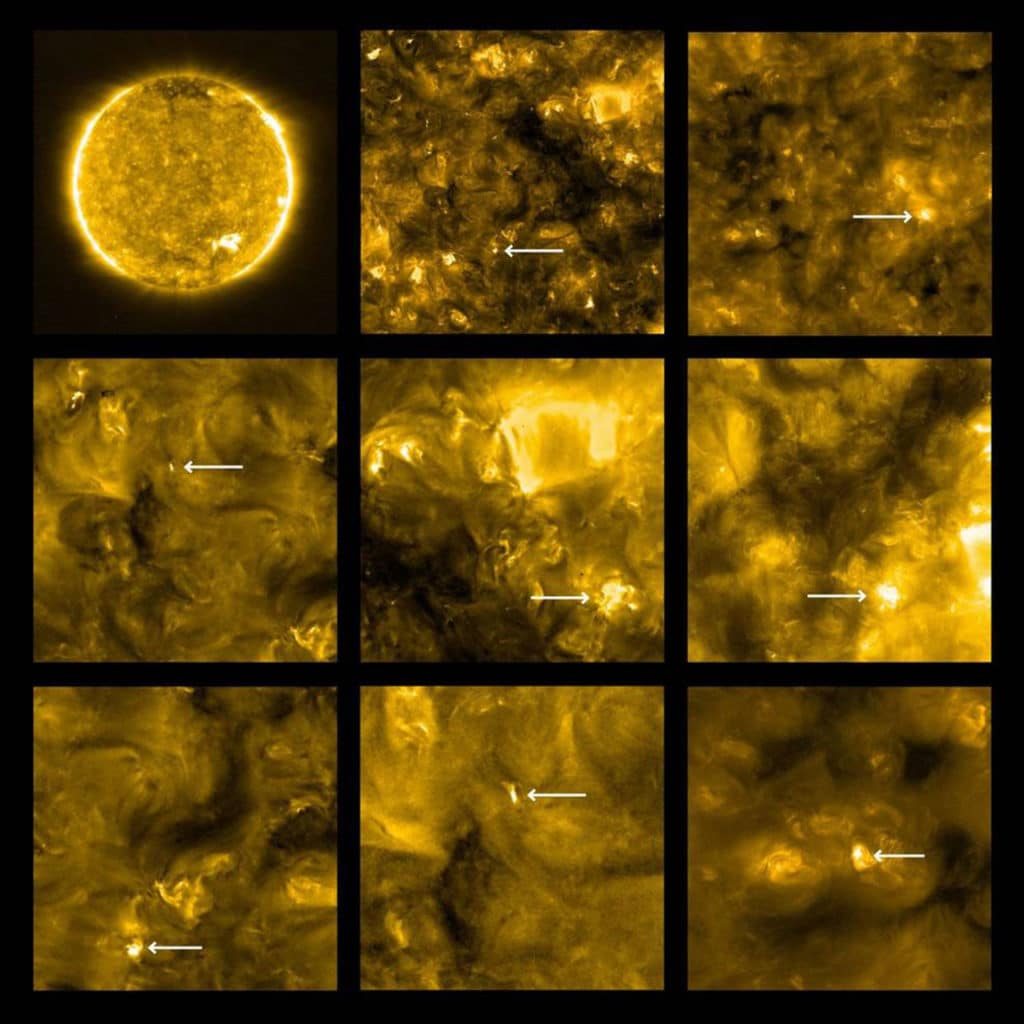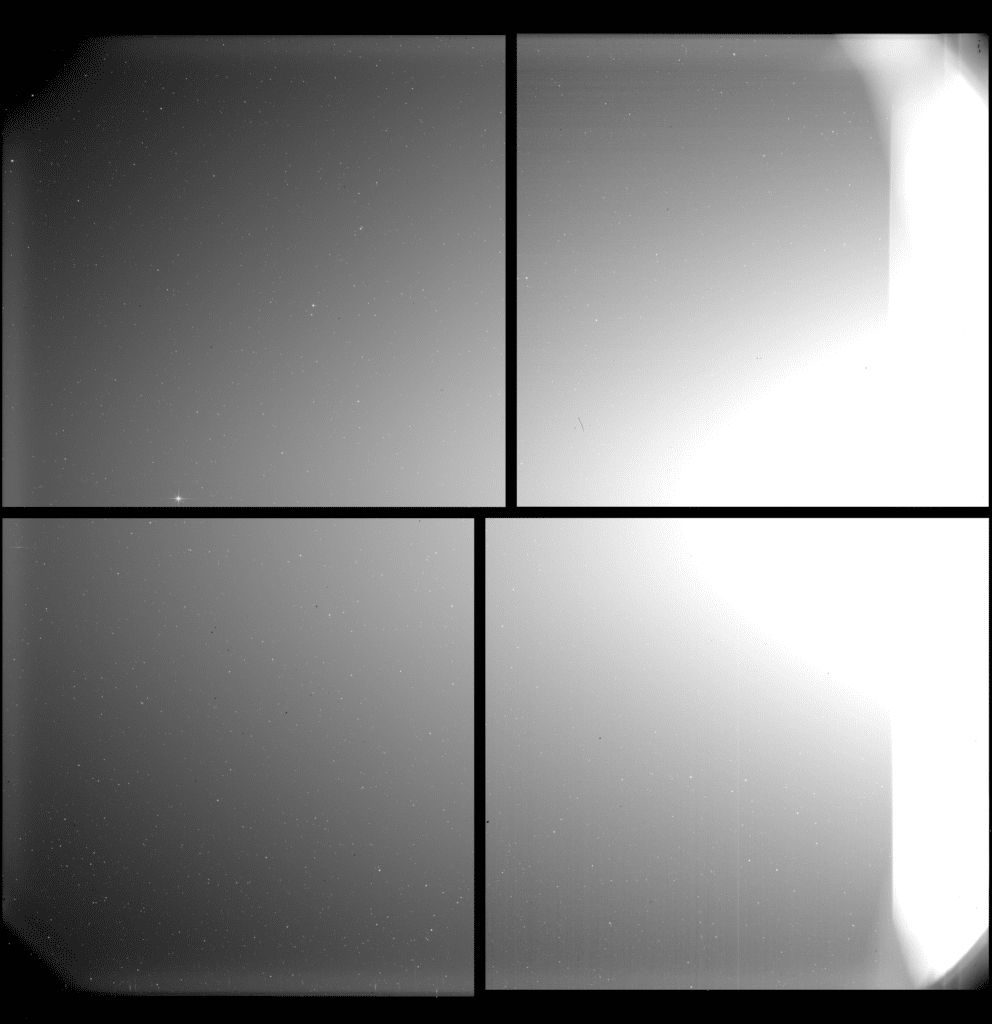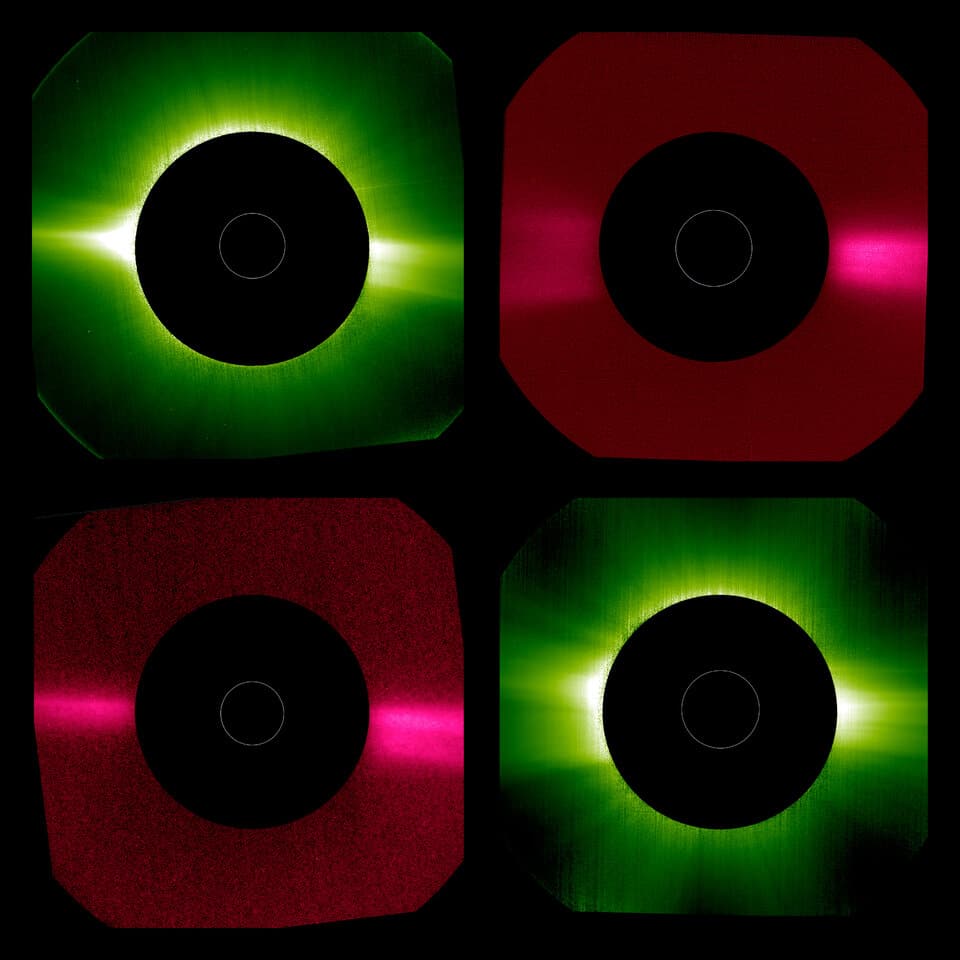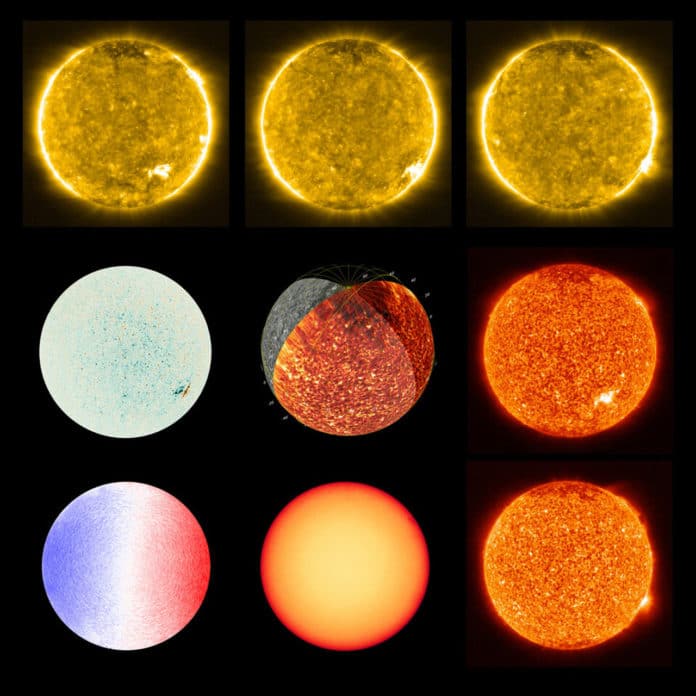Launched on Feb. 9, 2020 (EST), ESA/NASA’s Solar Orbiter, that completed its first close pass of the Sun in mid-June. During this approach, Solar Orbiter snapped the closest pictures ever taken of the Sun.
Now ESA/NASA’s released those images in public. The images will help scientists piece together the Sun’s atmospheric layers, which is essential for understanding how it drives space weather near the Earth and throughout the solar system.

Daniel Müller, ESA’s Solar Orbiter project scientist, said, “We didn’t expect such great results so early. These images show that Solar Orbiter is off to an excellent start.”
The spacecraft completed commissioning just in time for its first close solar pass on June 15. As it flew within 48 million miles of the Sun, all ten instruments flicked on, and Solar Orbiter snapped the closest pictures of the Sun to date.

Usually, the first images from spacecraft confirm the instrument is working. But the Extreme Ultraviolet Imager, or EUI, on Solar Orbiter, returned data hinting at solar features never observed in such detail.
Principal investigator David Berghmans, an astrophysicist at the Royal Observatory of Belgium in Brussels, points out what he calls “campfires” dotting the Sun in EUI’s images.

“The campfires we are talking about here are the little nephews of solar flares, at least a million, perhaps a billion times smaller,” Berghmans said. “When looking at the new high-resolution EUI images, they are everywhere we look.”
To know for sure, scientists need a more precise measurement of the campfires’ temperature. Fortunately, the Spectral Imaging of the Coronal Environment, or SPICE instrument, also on Solar Orbiter, does just that.
Other images from the spacecraft showcase new promise for later in the mission when Solar Orbiter is closer to the Sun.
The Solar and Heliospheric Imager, or SoloHI unveiled the so-called zodiacal light, light from the Sun reflecting off of interplanetary dust – a light so faint that the bright face of the Sun obscures typically it. To see it, SoloHI had to reduce the Sun’s light to one trillionth of its original brightness.
Furthermore, the Polar and Helioseismic Imager or PHI captured images that showcases also primed for later observations. PHI maps the Sun’s magnetic field, with a particular focus on its poles.
Authors noted, “Today’s release highlights Solar Orbiter’s imagers, but the mission’s four in situ instruments also revealed initial results. In situ instruments measure the space environment immediately surrounding the spacecraft. The Solar Wind Analyser, or SWA instrument, shared the first dedicated measurements of heavy ions (carbon, oxygen, silicon, iron, and others) in the solar wind from the inner heliosphere.”
